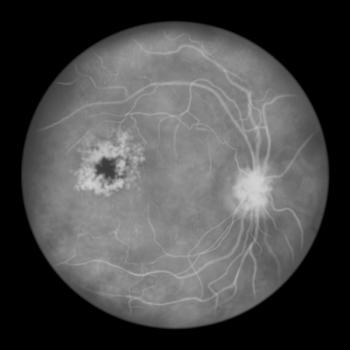
Implications of Pharmacist-Led Intervention to Boost Medication Adherence
Jesse McCullough, PharmD, director of field clinical services for Rite Aid, discusses the implications of a pharmacist-led intervention to boost medication adherence.
In light of recent research that demonstrated community pharmacists can dramatically boost medication adherence among patients with common chronic conditions, Jesse McCullough, PharmD, director of field clinical services for Rite Aid and co-author of the
Prior to participating in this study, what level of involvement did Rite Aid pharmacists have in chronic medication adherence?
Rite Aid pharmacists already knew the importance of medication adherence, but participating in this study helped expand our understanding of how far reaching the opportunity for improvement was. We had taken steps to simplify the process by which people could get their prescriptions refilled through a variety of ways, including our automated
In what ways did this intervention benefit Rite Aid and its pharmacists?
We used different tools to help the pharmacist identify where he or she needed to direct his or her attention. Showing the impact that pharmacists have on the health of the people they serve is a tremendous motivator. I heard comments from pharmacists about how rewarding it was to be able to see the positive impact on the patients they served.
What did Rite Aid learn from this study?
Rite Aid’s key takeaways from the study include how to best identify the patients in need of care, when and how to approach them, and how to best connect the pharmacist to the patient.
How can this intervention be scaled across Rite Aid and other community pharmacies nationwide?
Being able to identify patients who are nonadherent or are at risk of being nonadherent is the key to being able to appropriately focus the pharmacist’s attention on addressing the concerns of the patient and breaking down barriers that exist. Just taking a few minutes with those customers makes a huge impact. Having this additional context helps when looking at what the impact could be when scaled across the entire chain and beyond the industry.
Newsletter
Stay informed on drug updates, treatment guidelines, and pharmacy practice trends—subscribe to Pharmacy Times for weekly clinical insights.


























































































































































































































